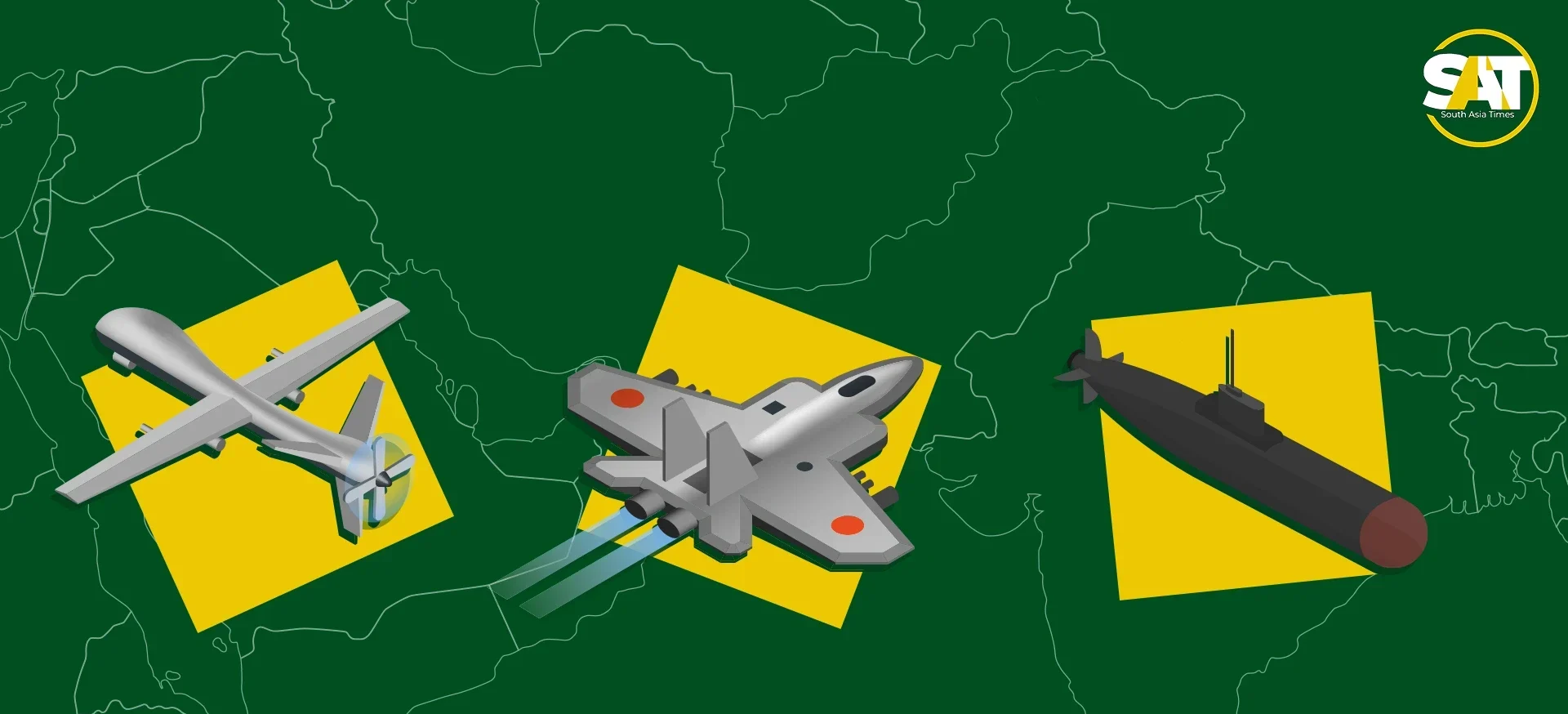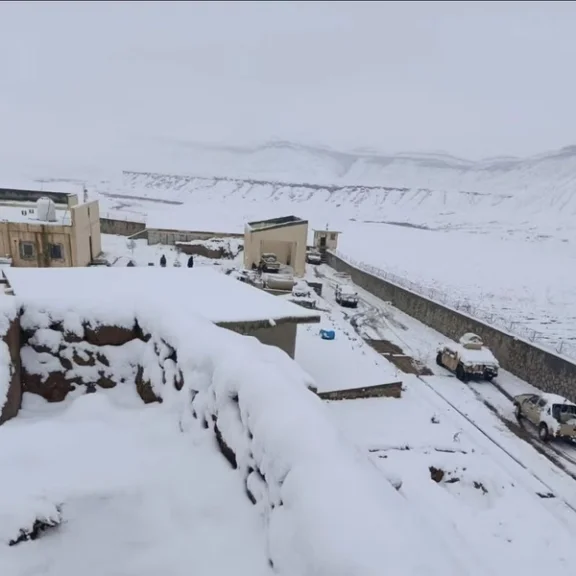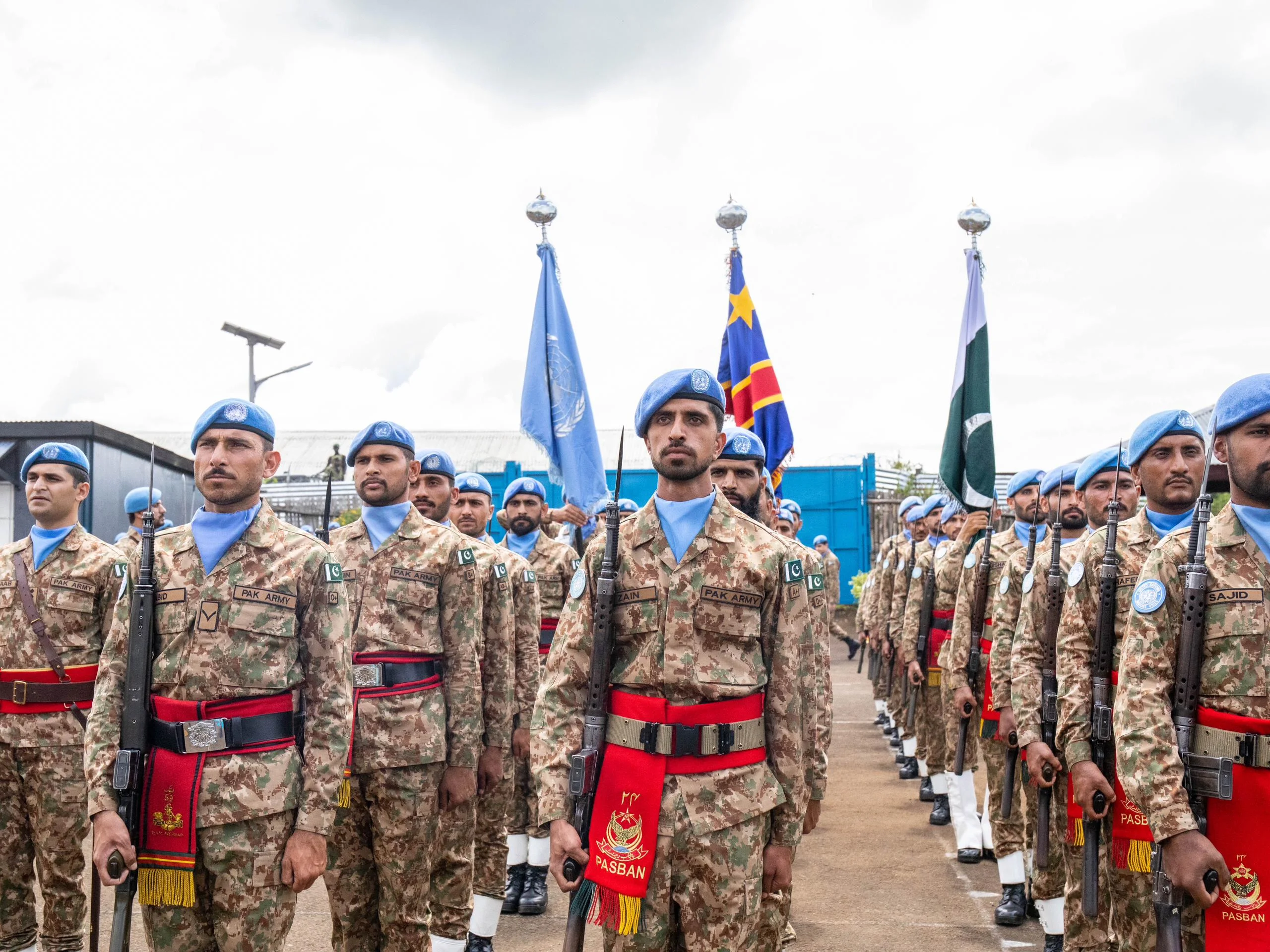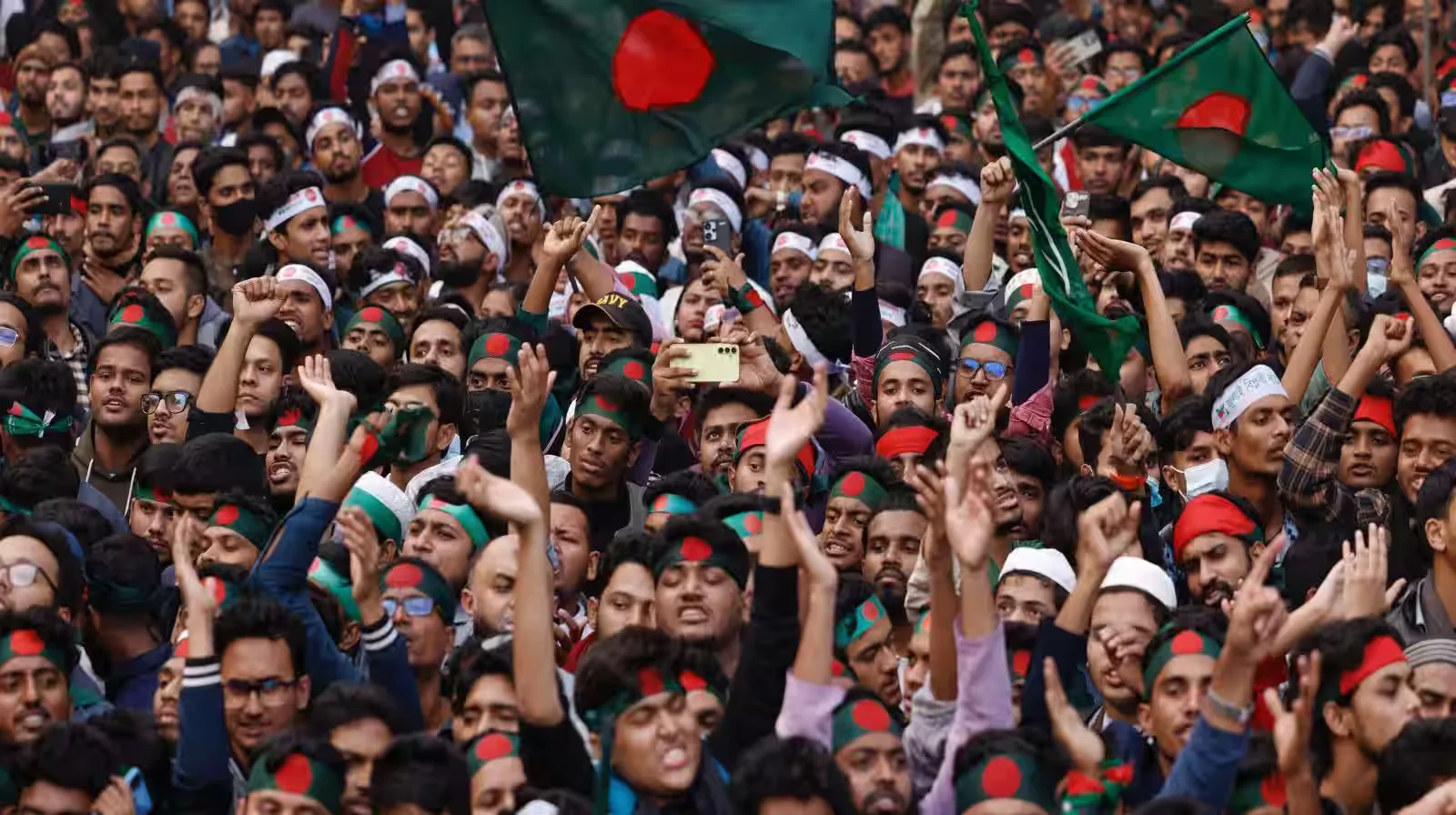Pakistan’s defence modernization is a story of resilience, ambition, and strategic recalibration. From early dependence on foreign suppliers to the emergence of indigenous platforms like the JF-17 Thunder and Al-Khalid tank, the country’s military-industrial evolution reflects both necessity and vision. Yet this journey remains intertwined with external dependencies, particularly on China, and constrained by economics and shifting geopolitics. As Pakistan seeks to balance self-sufficiency with partnerships, the sustainability of its defence trajectory hinges on innovation, diplomacy, and fiscal prudence.
Historical evolution: From import reliance to indigenous capability
In the decades following independence, Pakistan’s armed forces relied heavily on foreign military aid and imports, initially from the United States and later from France and China. American mainstays included the F-86 Sabre and M48 Patton tanks, which, alongside Western artillery, formed the early backbone of the force. The Pressler Amendment-era sanctions in the 1990s exposed the risks of this reliance by disrupting supply chains and halting major programs, notably the F16.
A strategic pivot followed. Co-development with China produced the JF17 Thunder, a multirole fighter built by Pakistan Aeronautical Complex (PAC) and Chengdu Aircraft Corporation, giving the Pakistan Air Force (PAF) a cost-effective, upgradable platform. The AlKhalid main battle tank, rooted in Chinese designs and powered by a Ukrainian engine, delivered a significant leap in armour tailored to local terrain and doctrine. These programs marked a transition from import dependence to collaborative design and local production, foundations for a more self-reliant posture.
Indigenous innovation: Expanding the technological frontier
Pakistan has made notable strides across multiple domains:
• Missile systems:
Pakistan’s Babur cruise missile and Shaheen ballistic series underpin credible conventional and strategic deterrence. The Fatah family of precision guided rockets reflects progress in long-range, high accuracy fires for conventional strike.
• Unmanned systems:
Indigenous UAVs, such as Shahpar II, and locally developed loitering munitions enhance intelligence, surveillance, reconnaissance (ISR), and precision attack. Public and private entities have diversified designs to support tactical and operational missions.
• Naval modernization:
Indigenous efforts in missile equipped patrol vessels and coastal defence are bolstered by acquisitions and technology transfer, including four Type 054A/P frigates from China and four Babur class (MILGEM) corvettes with Turkish collaboration and local assembly. Subsurface strength is set to grow with the Hangor class program under a transfer of technology framework.
• Next generation combat aviation:
Under Project Azm, Pakistan is pursuing a conceptual, stealth capable, twin engine fighter. While still early, it signals intent to enter the fifth generation arena through indigenous design capacity and selective partnerships.
• R&D institutions:
Organizations including NESCOM, SUPARCO, and Heavy Industries Taxila (HIT) have expanded research, prototyping, and production, ranging from propulsion and guidance to electronic warfare and armoured platforms, incrementally deepening strategic autonomy.
Networks, space, and the move to multi-domain operations
A decisive capability uplift has come from indigenous secure data links, notably Link 17, which allow realtime information sharing among fighters, airborne sensors, ground radars, and surface units. By knitting together disparate assets, the PAF has increased situational awareness, survivability, and kill-chain speed.
The services are progressively adapting to multidomain warfare, integrating electromagnetic, cyber, and space effects with kinetic operations. Rather than creating headline “commands,” Pakistan has prudently built out cyber and space functions within existing structures to support operations, doctrine, and training.
In space, SUPARCO’s role has expanded in defense relevant applications. Communications (e.g., PAKSAT1R) and earth observation satellites (e.g., PRSS1 and PakTES1A) support secure links, mapping, disaster response, and ISR planning. Integration with allied navigation constellations, including regional systems, augments precision timing and targeting. Defence-linked innovation ecosystems—such as the National Aerospace Science & Technology Park (NASTP)—are accelerating work in satellite payloads, AI, and aerospace engineering by linking academia, startups, and industry.
AI in air warfare
Artificial intelligence is increasingly central to the air domain, where milliseconds matter:
• Predictive analysis:
AI models improve threat detection, route optimization, and mission planning under uncertainty.
• Autonomous systems:
Algorithms enhance drone navigation, target recognition, and collaborative swarming.
• Electromagnetic dominance:
AI-enabled electronic support and attack improve signal classification, deception, and jamming.
• Decision support:
Human machine teaming in cockpits and command centres accelerates timecritical choices while reducing cognitive load.
These applications raise capability without prohibitive cost, but they demand robust data pipelines, trustworthy algorithms, and stringent test and evaluation to ensure reliability under contested conditions.
Aviation City Kamra and the industrial base
Aviation City Kamra, anchored by PAC, functions as a national aerospace cluster that integrates research, manufacturing, MRO, and training. It is designed to deepen indigenous design, attract private participation, and seed next generation programs.
PAC comprises four major factories: Aircraft Manufacturing, Mirage Rebuild, Avionics Production, and Aircraft Rebuild. Beyond supporting the PAF, PAC has built an export profile, most notably the Super Mushak trainer, delivered to air arms of countries including Nigeria, Qatar, and Azerbaijan. The JF17 has been exported to Myanmar and Nigeria, strengthening Pakistan’s credentials as a producer of frontline combat aircraft. Targeted collaborations with partners such as Chinese industry and Turkish Aerospace have facilitated technology transfer and joint development.
Private sector potential and defence exports
While state owned enterprises dominate, private firms are increasingly relevant in precision engineering, electronics, software, and sub systems. With clearer procurement pathways, tax incentives, and public private partnerships, the private sector can scale dual use technologies and accelerate iterative innovation.
Pakistan’s defence exports, from trainers and small arms to components and MRO, have grown in recent years. Prioritizing quality assurance, aftersales support, and financing solutions can open additional markets and stabilize revenue. A realistic approach, emphasizing niches where Pakistan is competitive on cost, reliability, and training, will serve better than diffuse ambitions.
Strategic implications: Sovereignty, alliances, and sustainability
• Self sufficiency versus alliances:
Indigenous development enhances sovereignty, but strategic partnerships, especially with China, remain critical for access to advanced technologies, economies of scale, and deterrent credibility. The objective is managed interdependence, not isolation or overreliance.
• Economic constraints:
Modernization is capital intensive and a long cycle. Pakistan must sequence priorities, pursue modular upgrades, and maximize commonality across fleets. Dual use tech and export oriented production can offset costs without hollowing out capability.
• Human capital and continuity:
Enduring gains require STEM education pipelines, stable funding for R&D, and institutional continuity across political cycles. Industrial policy should reward lifecycle sustainment, not just headline acquisitions.
• Stability and deterrence:
Credible conventional forces backed by a survivable strategic deterrent (including short range nuclear systems like Nasr) must be paired with clear signalling, crisis management channels, and confidencebuilding to avoid inadvertent escalation.
The Holy Qur’an underscores preparedness and deterrence, not aggression:
“And prepare against them whatever you are able of power and of steeds of war by which you may terrify the enemy of Allah and your enemy…” (AlAnfal 8:60).
Readiness, prudence, and moral restraint are the lodestars of responsible defence policy.
The path forward
• Prioritize what wins the next fight:
Networked ISR, air defence, electronic warfare, and precision fires should anchor near term investment, with incremental advances in aviation, naval undersea warfare, and longrange strike.
• Hedge with affordable innovation:
UAVs, loitering munitions, uncrewed surface/subsurface systems, and AI-enabled C2 offer asymmetric value. Iteration beats perfection; field early, upgrade often.
• Build for sustainment:
Emphasize local MRO, spares manufacturing, and digital twins to keep readiness high under sanctions or supply shocks.
• Grow exports deliberately:
Focus on trainers, MRO, munitions, and electronics, matched with financing and training packages.
• Institutionalize whole of nation tech:
Leverage NASTP and university labs for dualuse AI, space, autonomy, and advanced materials, ensuring spillovers into the civilian economy.
Conclusion: Charting a Future of Strategic Maturity
Pakistan’s defence modernization is not merely a technical or tactical endeavour—it is a strategic imperative rooted in national resilience and foresight. The journey from dependency to indigenous innovation reflects a conscious recalibration of priorities, where sovereignty is earned not through isolation, but through intelligent interdependence and institutional strength.
As the global security landscape evolves toward multi-domain complexity, Pakistan must continue to invest in adaptive technologies, cultivate human capital, and foster a culture of iterative learning. The fusion of indigenous capability with strategic partnerships, anchored in transparency, trust, and mutual benefit—will define the next chapter of its defence narrative.
Ultimately, modernization must serve a higher purpose: safeguarding national interests while promoting regional stability. A defence posture grounded in deterrence, sustainability, and moral restraint will not only secure Pakistan’s borders but also elevate its standing as a responsible actor in the international arena. The challenge ahead is not just to build power, but to wield it wisely.
The views expressed in this article are the author’s own. They do not necessarily reflect the editorial policy of the South Asia Times.







